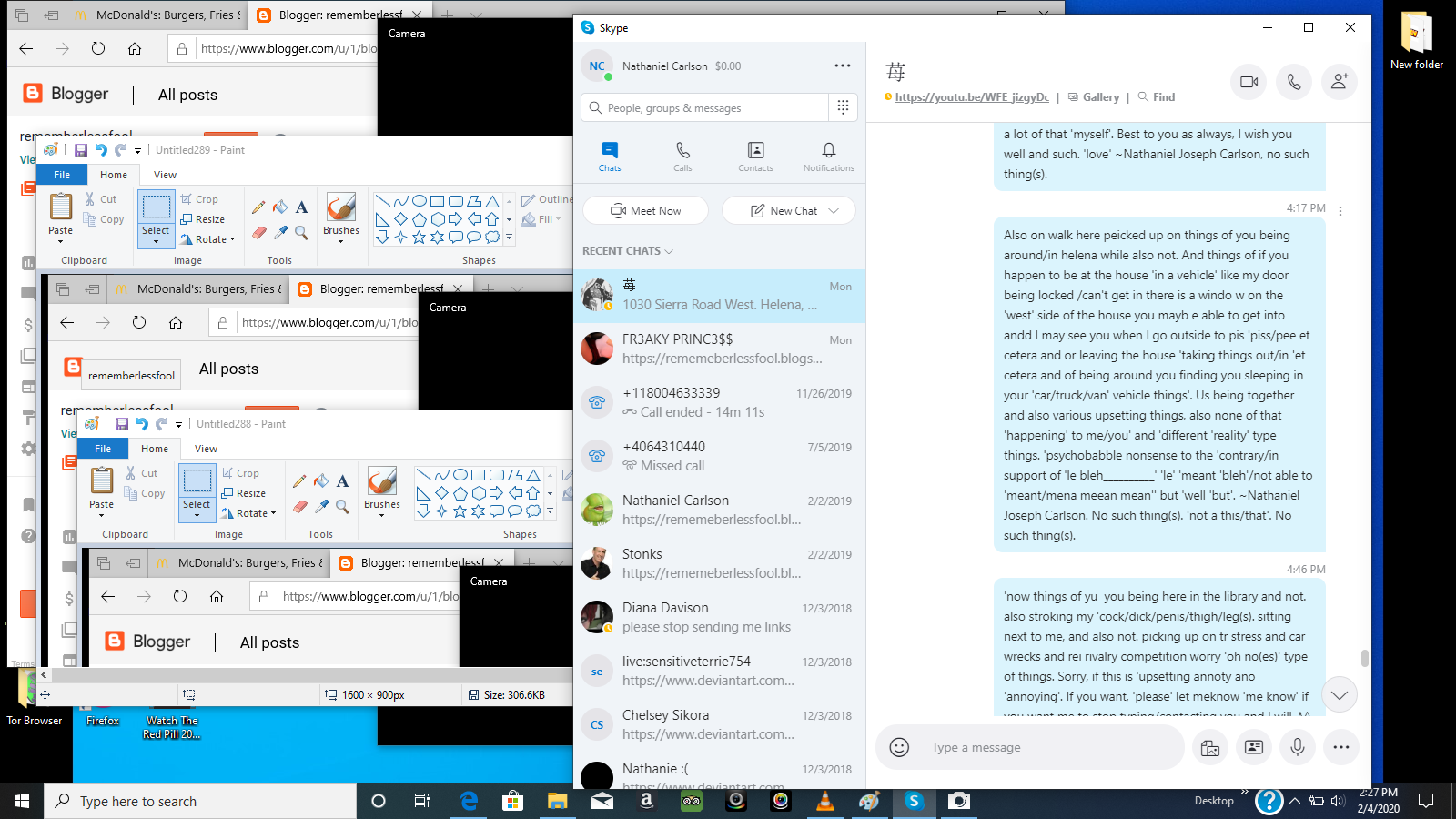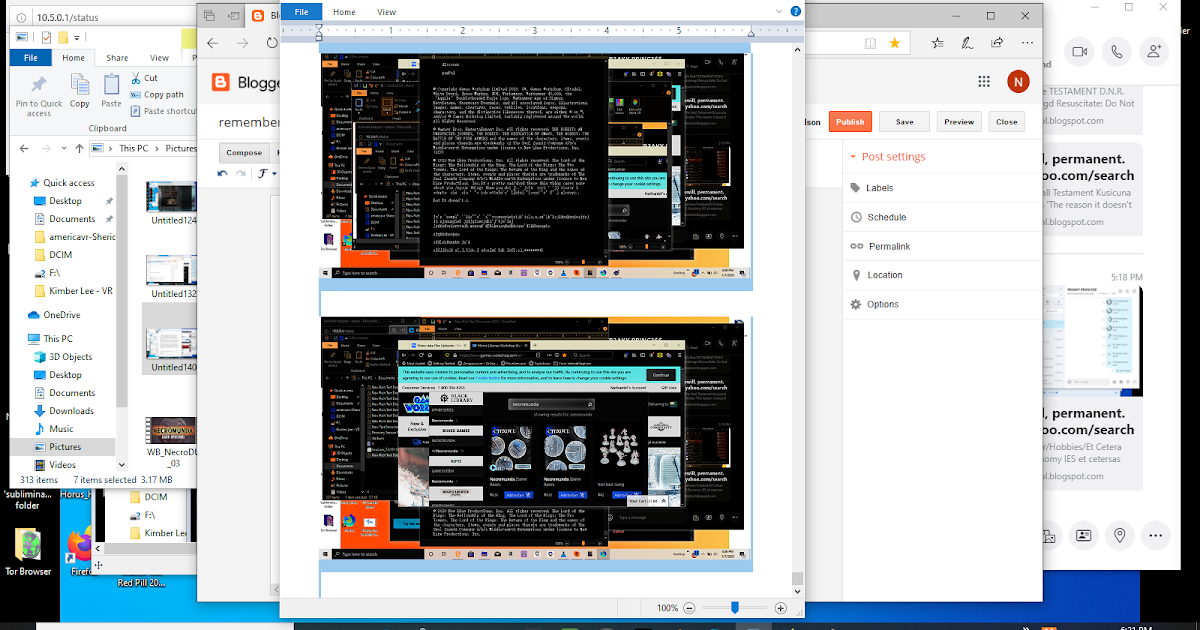
The art of manga
Manga
Manga are comics or graphic novels created in Japan or by creators in the Japanese language, conforming to a style developed in Japan in the late 19th century. They have a long and complex pre-history in earlier Japanese art.
Full Answer
Why is anime so hated and unpopular?
The isekai genre (normal person being sucked into a fantasy/virtual/parallel world) is a frequent occurrence in anime, but the fact that it was a girl being reborn as a spider made me curious. Unfortunately, the gag stops being interesting after a couple of minutes. First of all, you have no idea who any of the characters are.
Why people should watch anime?
- Psycho Pass.
- Kino’s Travels.
- Naruto.
Why should people watch anime?
- You get the overwhelming idea that ,anything is possible when you try
- Spend your time learning facts of life with a hint of comedy
- Moreover Watching anime just makes you feel all emotional and stuff (which is kinda necessary at some point )
Why is anime gaining popularity?
Table of Contents Hide
- The Societal Impact Carefully Crafted Character Development
- An Alarming Ally Compelling Storylines Groundhog Day (1993) Meets Detective Conan (1994)
- Giving Recognition

Why was anime created?
Early anime films were intended primarily for the Japanese market and, as such, employed many cultural references unique to Japan.
Why is anime a thing?
The term anime has evolved from its original definition that described an animated series. Nowadays, the term anime is attributed to almost anything that is created in the Japanese art style. People now use terms such as anime games, anime music and even anime aesthetic.
Why are we watching anime?
Anime boasts such vibrancy and diversity in its characters. People in anime have dynamic personalities, they're whole people (even when they aren't human); they have dreams and goals, and beyond that, there's just so much variance in what they are.
What was anime meant for?
animationThe term anime [a·nuh·mei] is a Japanese colloquialism used as an abbreviation for the term “animation.” Generally in Japan, the word anime (written アニメ) is synonymous with animation of any kind from anywhere.
What is the #1 anime?
Anime Top 10Top 10 Best Rated (bayesian estimate) (Top 50)#titlerating1Fullmetal Alchemist: Brotherhood (TV)9.082Steins;Gate (TV)9.043Clannad After Story (TV)9.028 more rows
Is it OK to like anime?
No there is absolutely nothing wrong with liking anime. People like what they like. We all have different preferences when it comes to what we do in our spare time. There are some of my friends know that I like anime and think its kinda weird, but they still accept me for who I am.
Is anime an addiction?
Of course, watching anime can be a compulsive addiction. It's similar to compulsive gambling, Tumblr reading, and other compulsive behaviors. Anime may ease your anxiety, but the association, if you aren't careful, can create anxiety.
Why is anime addicting?
like myself, some people are addicted to anime because it's fun, action-packed, comedic, and entertaining, it's like a show that's so good you can't help but watch another episode, and the characters are cute and different.
Who created anime?
The history of anime can be traced back to the start of the 20th century, with the earliest verifiable films dating from 1917. The first generation of animators in the late 1910s included Ōten Shimokawa, Jun'ichi Kōuchi and Seitaro Kitayama, commonly referred to as the "fathers" of anime.
Is SpongeBob an anime?
There are even multiple characters from the original series that appear in their anime iteration. However, while the internet loved it, the SpongeBob SquarePants anime series was short-lived.
Is anime still hand drawn?
Anime is almost entirely drawn by hand. It takes skill to create hand-drawn animation and experience to do it quickly.
Why is anime so exaggerated?
This is due to anime often being an adaption from manga, where it is harder to convey emotion without the use of screen tones, backgrounds, or some form of over exaggeration. These effects often find their way into Animes, and is more often referred to under a more catch-all term: Manga effects.
When did anime become mainstream?
In the 1980s , anime became mainstream in Japan, experiencing a boom in production with the rise in popularity of anime like Gundam, Macross, Dragon Ball, and genres such as real robot, space opera and cyberpunk.
What was the first anime?
In the 1960s, the unique style of Japanese anime began forming, with large eyed, big mouthed, and large headed characters. The first anime film to be broadcast was Moving pictures in 1960. 1961 saw the premiere of Japan's first animated television series, Instant History, although it did not consist entirely of animation. Astro Boy, created by Osamu Tezuka, premiered on Fuji TV on January 1, 1963. It became the first anime shown widely to Western audiences, especially to those in the United States, becoming relatively popular and influencing U.S. popular culture, with American companies acquiring various titles from Japanese producers. Astro Boy was highly influential to other anime in the 1960s, and was followed by a large number of anime about robots or space. While Tezuka released many other animated shows, like Jungle Emperor Leo, anime took off, studios saw it as a commercial success, even though no new programs from Japan were shown on major U.S. broadcast media from the later 1960s to late 1970s. The 1960s also brought anime to television and in America.
What was the anime boom of the 1980s?
The success of the theatrical versions of Yamato and Gundam is seen as the beginning of the anime boom of the 1980s, and of " Japanese Cinema 's Second Golden Age". A subculture in Japan, whose members later called themselves otaku, began to develop around animation magazines such as Animage and Newtype.
What was the first magical girl anime?
What is noted as the first magical girl anime, Sally the Witch, began broadcasting in 1966. The original Speed Racer anime television began in 1967 and was brought to the West with great success.
When did Japan start making anime?
In the 1950s, anime studios began appearing across Japan. Hiroshi Takahata bought a studio named Japan Animated Films in 1948, renaming it Tōei Dōga, with an ambition to become "the Disney of the East.". While there, Takahata met other animators such as Yasuji Mori, who directed Doodling Kitty, in May 1957.
When did anime come out?
The 1980s brought anime to the home video market in the form of original video animation (OVA), as shows were shifting from a focus on superheroes to robots and space operas, with original video animation (OVA or OAV) coming onto the market in 1984, with a range in length.
When was the first color anime made?
Toei Animation and Mushi Production was founded and produced the first color anime feature film in 1958, Hakujaden ( The Tale of the White Serpent, 1958 ). It was released in the US in 1961 as well as Panda and the Magic Serpent. After the success of the project, Toei released a new feature-length animation annually.

Precursors
Origins of Anime
- According to Natsuki Matsumoto, the first animated film produced in Japan may have stemmed from as early as 1907. Known as Katsudō Shashin(活動写真, "Activity Photo"), from its depiction of a boy in a sailor suit drawing the characters for katsudō shashin, the film was first found in 2005. It consists of fifty frames stencilled directly onto a strip of celluloid. This claim has not be…
Pre-War Productions
- Yasuji Murata, Hakuzan Kimura, Sanae Yamamoto and Noburō Ōfuji were students of Kitayama Seitaro and worked at his film studio. Kenzō Masaoka, another important animator, worked at a smaller animation studio. Many early animated Japanese films were lost after the 1923 Tokyo earthquake, including destroying most of the Kitayama studio, with artists trying to incorporate t…
During The Second World War
- In the 1930s, the Japanese government began enforcing cultural nationalism. This also lead to strict censorship and control of published media. Many animators were urged to produce animations that enforced the Japanese spirit and national affiliation. Some movies were shown in newsreel theatres, especially after the Film Law of 1939 promoted documentary and other educ…
Postwar Environment
- In the post-war years, Japanese media was often influenced by the United States, leading some to define anime as any animation emanating from Japan after 1945.: 5 While anime and manga began to flourish in the 1940s and 1950s, with foreign films (and layouts by American cartoonists), influencing people such as Osamu Tezuka, In the 1950s, anime studios began appe…
Toei Animation and Mushi Production
- Toei Animation and Mushi Production was founded and produced the first color anime feature film in 1958, Hakujaden (The Tale of the White Serpent, 1958).It was released in the US in 1961 as well as Panda and the Magic Serpent. After the success of the project, Toei released a new feature-length animation annually.: 101 Toei's style was characterized by an emphasis on each a…
1960s
- In the 1960s, the unique style of Japanese anime began forming, with large eyed, big mouthed, and large headed characters. The first anime film to be broadcast was Moving pictures in 1960. 1961 saw the premiere of Japan's first animated television series, Instant History, although it did not consist entirely of animation.: 90 Astro Boy, created by Osamu Tezuka, premiered on Fuji TV …
1970s
- During the 1970s, the Japanese film market shrank due to competition from television. This reduced Toei animation's staff and many animators went to studios such as A Pro and Telecom animation. Mushi Production went bankrupt (though the studio was revived 4 years later), its former employees founding studios such as Madhouse and Sunrise. Many young animators wer…
1980s
- In the 1980s, anime started to go through a "visual quality renewal" thanks to new directors like Hayao Miyazaki, who founded Studio Ghibli in 1985, Isao Takahata and Katsuhiro Ōtomo. Anime began to deal with more nuanced and complex stories, while Boy's Love continued to impact cultural norms, taking root across East Asia, as countries such as South Korea, Thailand, and Ch…
1990s
- Neon Genesis Evangelion
In 1995, Hideaki Anno wrote and directed the controversial anime Neon Genesis Evangelion. This show became popular in Japan among anime fans and became known to the general public through mainstream media attention. It is believed that Anno originally wanted the show to be th… - Gundam
Alongside its super robot counterpart, the real robot genre was also declining during the 1990s. Though several Gundam shows were produced during this decade, very few of them were successful. The only Gundam shows in the 1990s which managed an average television rating o…
Popular Posts:
- 1. how do i draw anime characters
- 2. how to draw a male anime character
- 3. where can i watch sk8 the infinity anime
- 4. how to draw miraculous ladybug anime
- 5. how to clean anime plushies
- 6. a certain anime blog
- 7. a boy asks a girl out anime
- 8. how to make an anime youtube channel
- 9. why do guys like anime girls
- 10. how to fly in roblox anime fighting simulator